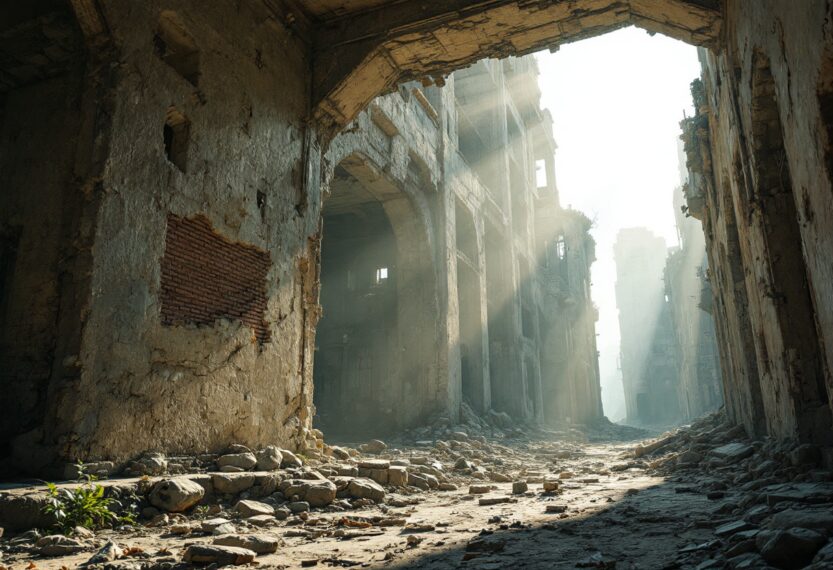The Last of Us: A bold narrative shift in season two
The second season of The Last of Us has embarked on a daring journey, one that challenges the expectations set by its acclaimed predecessor. With the narrative foundation laid in the first season, the creators have opted for a more complex and emotionally charged storyline, particularly evident in the shocking developments of the latest episode, “Through the Valley.” This episode not only propels the plot forward but also deepens the character arcs, especially that of Joel, portrayed by Pedro Pascal.
Breaking the mold: Joel’s fate
In a bold move reminiscent of the unpredictable storytelling seen in Game of Thrones, the series has chosen to eliminate its central character, Joel, early in the season. This decision is not merely a plot twist; it serves as a catalyst for the unfolding drama, forcing viewers to confront the harsh realities of the world the characters inhabit. Joel’s death at the hands of Abby, played by Kaitlyn Dever, is a pivotal moment that sets the tone for the rest of the season, emphasizing the themes of loss and revenge that permeate the narrative.
Character dynamics and emotional depth
The relationship between Joel and Ellie, portrayed by Bella Ramsey, has always been the emotional core of The Last of Us. By removing Joel from the equation so abruptly, the showrunners have created a vacuum that Ellie must navigate, leading to a profound exploration of her character. The emotional weight of Joel’s death reverberates throughout the episode, as Ellie grapples with her grief and the desire for vengeance. This shift not only heightens the stakes but also invites viewers to invest more deeply in Ellie’s journey, as she transforms from a dependent figure into a fierce avenger.
Visual storytelling and thematic resonance
The episode’s direction, led by Mark Mylod, enhances the narrative’s emotional impact through striking visuals and intense action sequences. The chilling atmosphere of the snowy landscape serves as a backdrop for the unfolding tragedy, while the special effects elevate the horror elements, immersing the audience in the characters’ plight. The juxtaposition of beauty and brutality in the cinematography reflects the show’s overarching themes of survival and moral ambiguity, compelling viewers to question the nature of justice in a world ravaged by chaos.
As the season progresses, the creators face the challenge of maintaining momentum and emotional engagement without the presence of Joel. The groundwork laid in this episode suggests that the narrative will continue to explore the complexities of human relationships and the consequences of violence. The bold choices made in this adaptation signal a commitment to storytelling that is both daring and deeply resonant, promising a season that will keep audiences on the edge of their seats.

